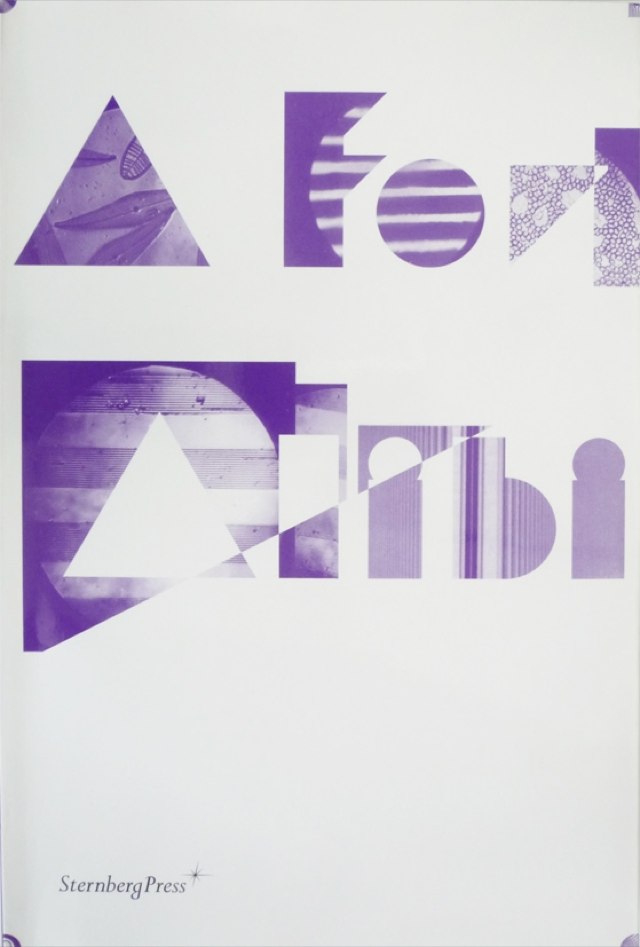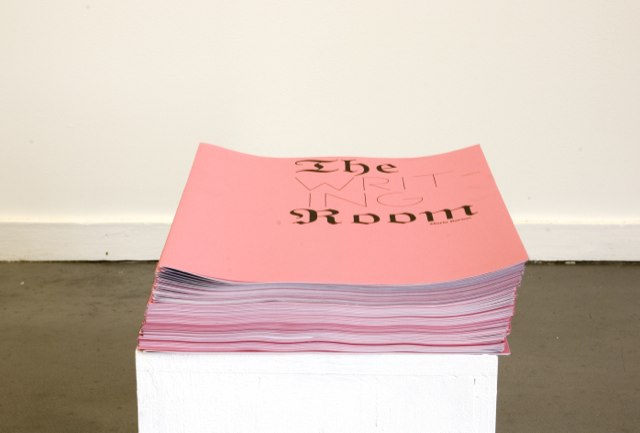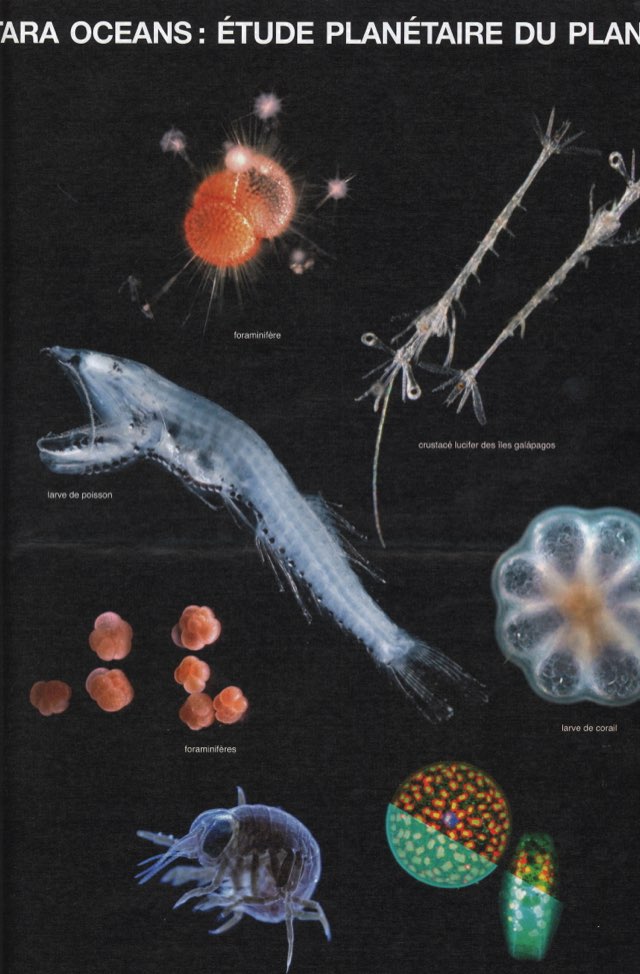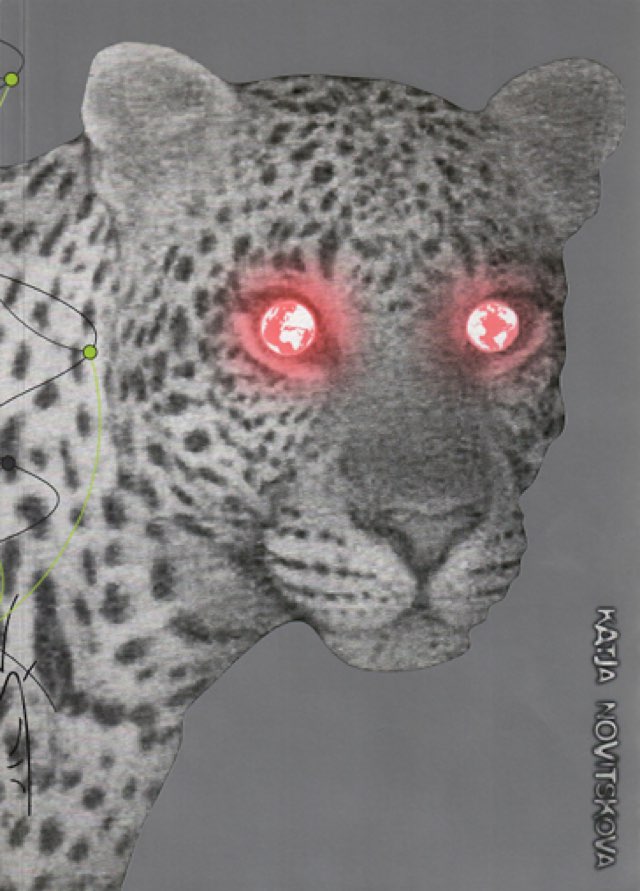A for Alibi
de Appel, Nieuwe Spiegelstraat 10, Amsterdam
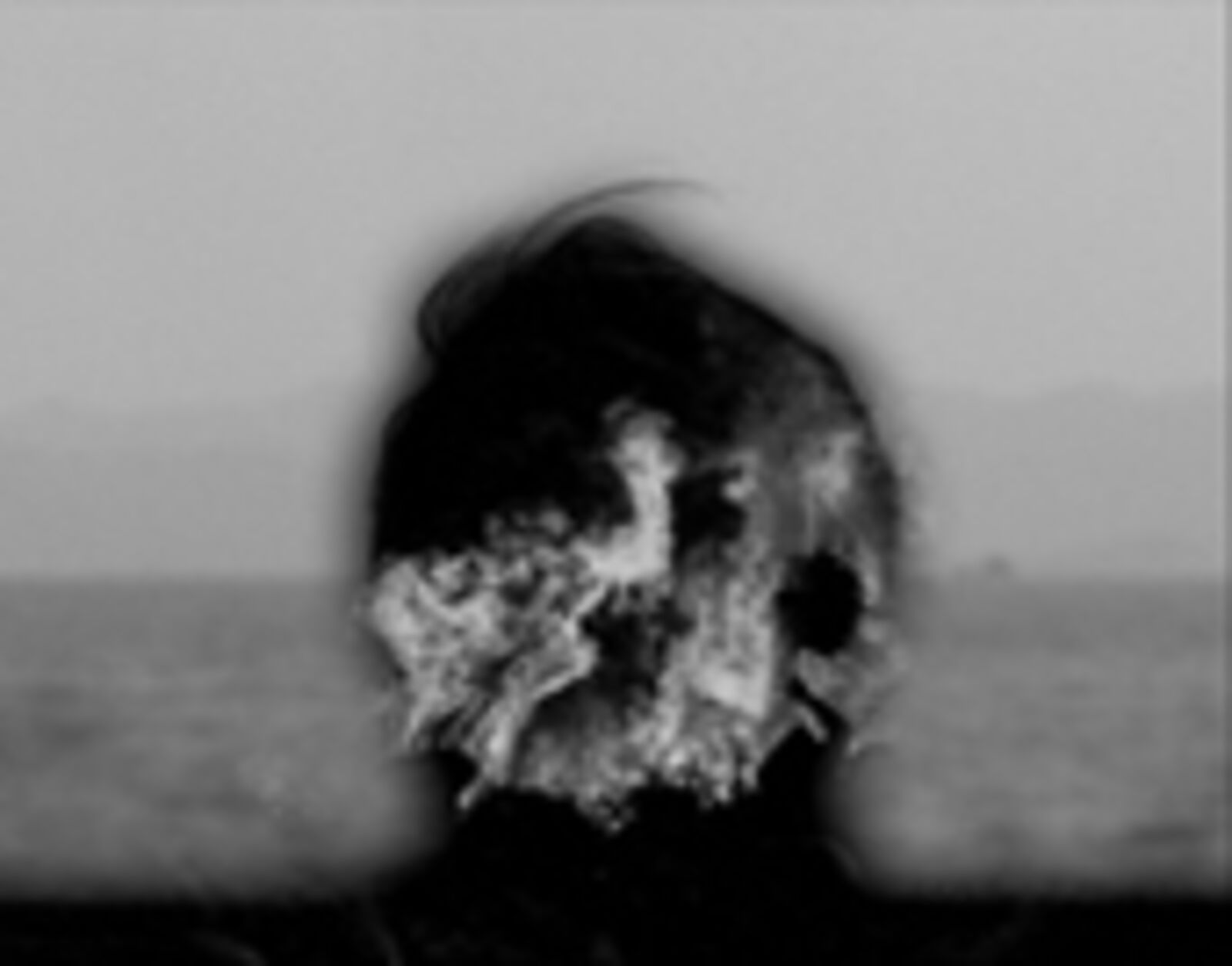



Artists: James Beckett (Z-AFR 1977), Mariana Castillo Deball (MEX, 1975), Sebastian Diaz Morales (AR, 1975), Suchan Kinoshita (JAP, 1960), Brian O'Connell (BE, 1972), Tine Melzer (DE, 1978), Irene Kopelman (AR, 1974) and Maria Barnas (NL, 1973).
"A for Alibi" is a group exhibition curated by the Uqbar Foundation, a platform for interdisciplinary exchange, working in close collaboration with research institutes such as universities, libraries, museums and archives. The way different disciplines and sections of knowledge approach the world, how these methodologies function, and how they contribute to build a collective notion of reality are central questions for Uqbar. Uqbar is initiated by artists Irene Kopelman (AR) and Mariana Castillo Deball (MEX). The exhibition at the Appel represents the final stage of the long-term project "A for Alibi".
*****
During the preparatory phase of "A for Alibi", a group of artists known for their reflective approach and interest in research, was asked to develop a project based on the extensive historical collection of scientific instruments, objects and documents belonging to the University Museum in Utrecht. Without specific scientific foreknowledge, they performed intensive research on the lenses, photos, documents and prisms in the collection. During a symposium organized within the framework of "A for Alibi" (15-17 April 2006, University Museum, Utrecht), artists and scientist engaged in a lively interdisciplinary dialogue by means of a workshop and lectures.*****
Within the project not so much of the technical aspects of the instruments or the exact meaning of the scientific documents is the primary interest. Science has produced a repertory of images - for example tables, photos or experimental data - that represent natural phenomena and visions of the world. The relation between these images and reality is complex, in the sense that their meanings are always fluctuating. An alibi - the plea or mode of defense under which a person on trial for a crime proves that he was in another place when an alleged act was committed - contains a comparable twisted relationship between the inquire and the facts, the mystery and the reality. The drifting dynamic of the alibi served as a methaphor of the project, in the sense that in the history of scientific representation the position of the actors is also constantly shifting. *****
The art works that originated give interpretations that normally remain outside science, because they are the product of free speculation, not bound by academic rules or accountability. The artists call attention to what is not immediately visible; they unveil hidden stories or points of forgotten knowledge. In doing so they ask essential questions: How do we apprehend the world and how are our own discoveries, devices, and theories actually transforming us? What are the boundaries of scientific practice and how are they related to other aspects of society outside of the scientific field? What happens if the subject and the object being observed are the same thing? How can we observe and experiment with ourselves? The questions that the artists raise in their projects and the way they make use of the Utrecht University Museum's collection are completely different from an academic ap-proach. "A for Alibi" aims with its distinct perspective to give another narrative to the history of science.
more information: www.uqbarfoundation.org
